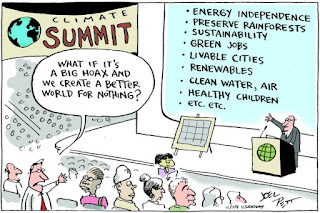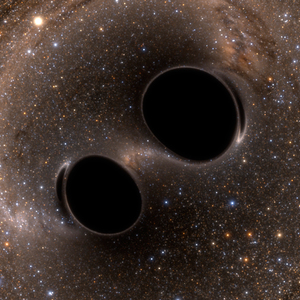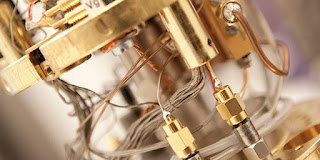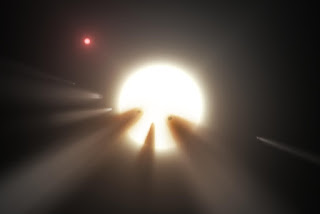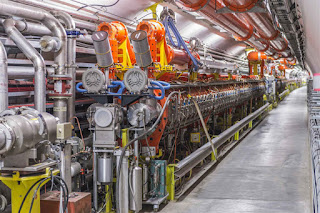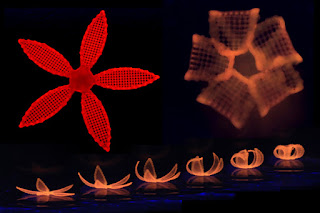 |
"Star Trek" is coming back to TV in 2017 via CBS Television Studios. Here, the original Starship Enterprise model hangs in the Smithsonian's National Air and Space Museum.
Credit: National Air and Space Museum |
Topics: NASA, Science Fiction, Space Exploration, Star Trek, STEM
I'm not saying we'll ever develop warp drive (though, we appear to be working on it). I'm reminded of Jules Verne: From Earth to the Moon. He posited a space gun, and did some rough calculations. He was way off, but think of when he wrote it, and fired the imaginations of scientists and engineers for four generations: 1865. We made it 103 years later on a rocket, though some still sadly doubt.
We've become too focused on our minor worlds of apps on phones, news feeds and million player online games; we've become consumers, not producers or dreamers. We nostalgically reach backwards to halcyon days that never existed except for personal myths, comforting though they may be.
Star Trek inspired a generation of scientists and engineers where some of the things we take for granted - automatic doors, cell phones, nanotechnology, remote control, robotics, WI-FI - were all inspired by a fictional story of going to strange new worlds and not being afraid of the different-than-us: but to boldly seek out challenges. We looked forward to the future; we weren't afraid of it, and we all...looked up.
Move over, James T. Kirk, "Star Trek" has another captain now. CBS Studios has tapped "Hannibal" creator Bryan Fuller — a veteran Trek writer — as a co-creator for its new Trek TV series launching in 2017.
Fuller has written for "Star Trek: Deep Space Nine" and "Star Trek: Voyager," and brings a deep appreciation of the "Star Trek" world to the new show, according to CBS Studios representatives. The new show will air on CBS All Access, a digital streaming platform. (The first episode will air on live TV.) [1]
* * * * *
“For the past 50 years, Star Trek has been a groundbreaking franchise that not only changed the landscape of television, but made a significant impact on pop culture,” said David Stapf, President, CBS Television Studios. “When we began discussions about the series returning to television, we immediately knew that Bryan Fuller would be the ideal person to work alongside Alex Kurtzman to create a fresh and authentic take on this classic and timeless series. Bryan is not only an extremely gifted writer, but a genuine fan of Star Trek. Having someone at the helm with his gravitas who also understands and appreciates the significance of the franchise and the worldwide fan base was essential to us.”
Fuller most recently served as executive producer and writer on NBC’s Hannibal, based on the characters from the book Red Dragon by Thomas Harris. He got his start writing Deep Space Nine, followed by Voyager, where he worked his way from freelance writer to staff writer to co-producer. Fuller went on to create the critically acclaimed series Dead Like Me and Wonderfalls. Also, he served as writer and co-executive producer on the first season of Heroes, before leaving to create the Emmy Award-winning Pushing Daisies. Fuller is currently executive producing along with partner Michael Green an adaptation of Neil Gaiman’s novel American Gods for the STARZ network. [2]
1. Space.com: New Star Trek TV Series Beams Up Bryan Fuller as Co-Creator
Sarah Lewin
2. StarTrek.com: Brian Fuller Named Co-Creator of New Star Trek TV Series
